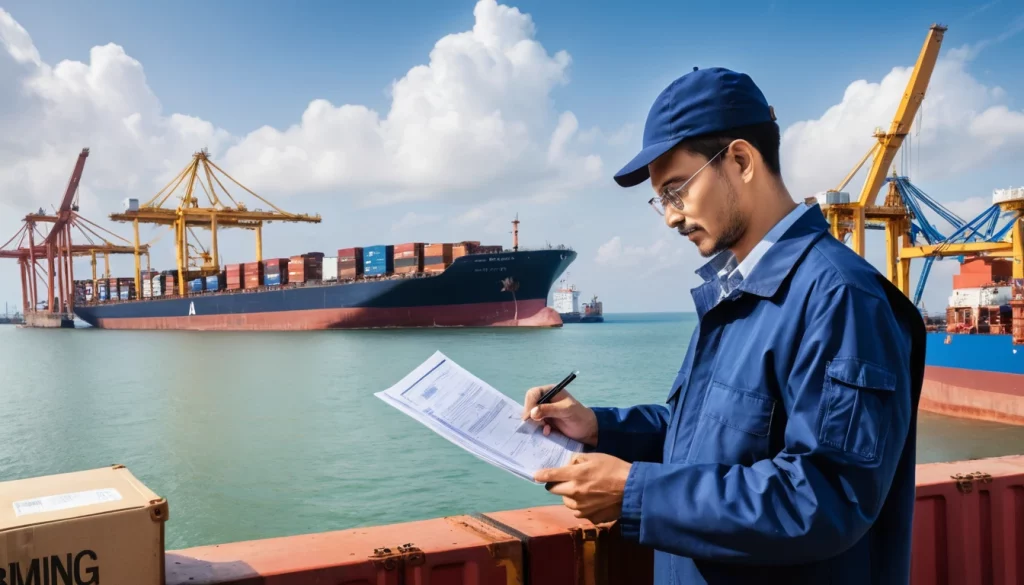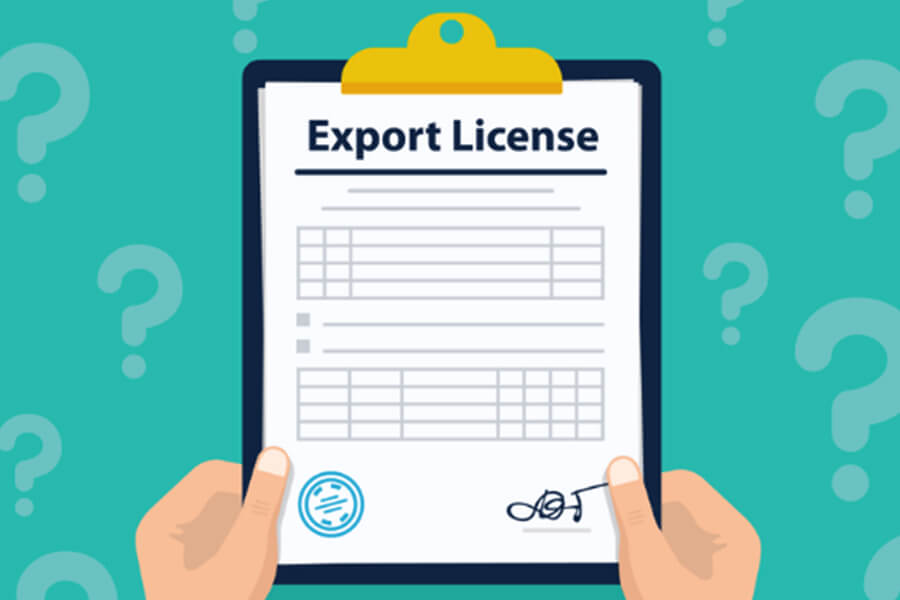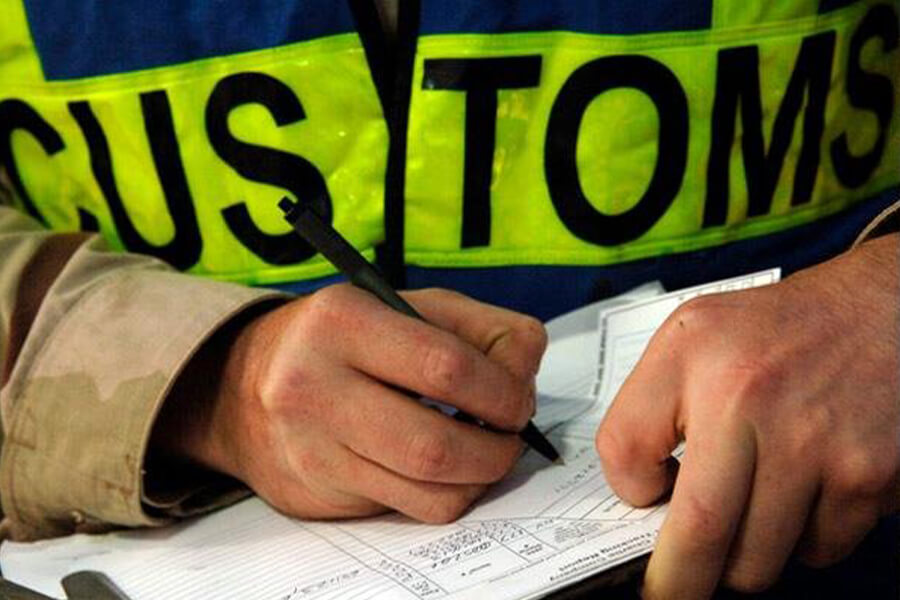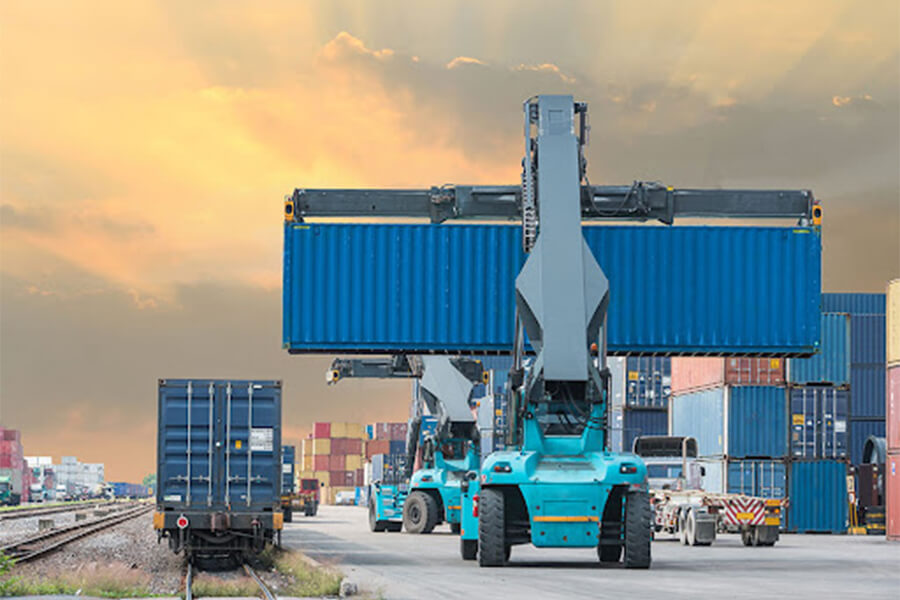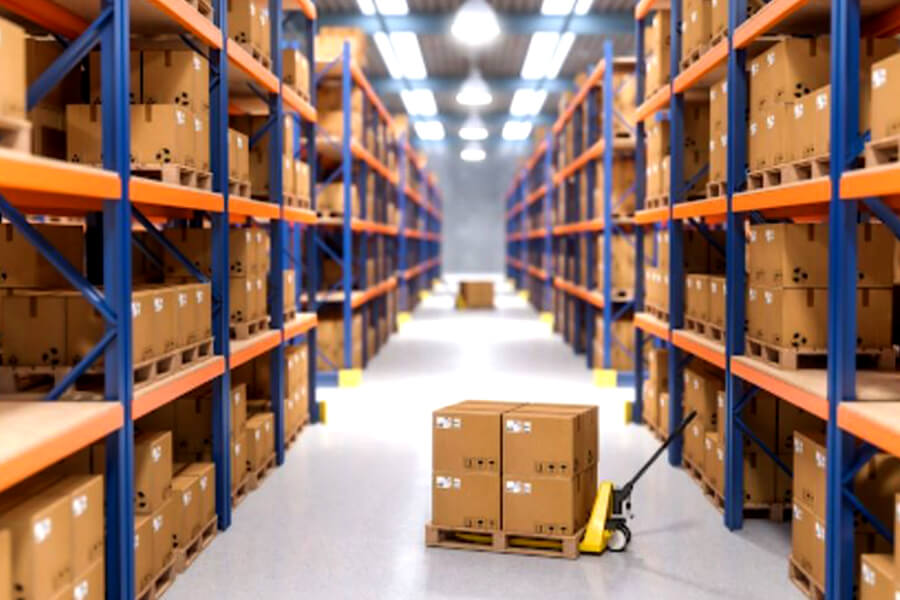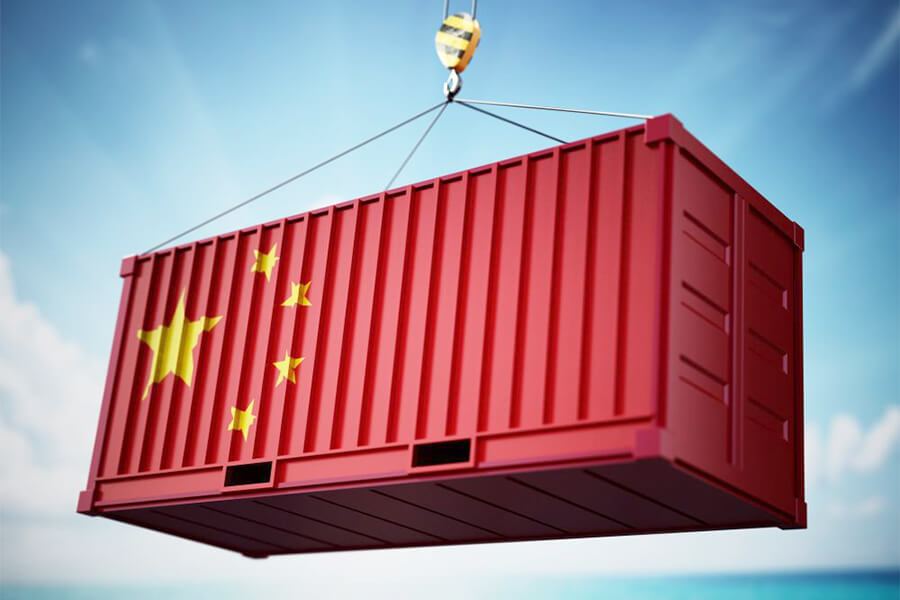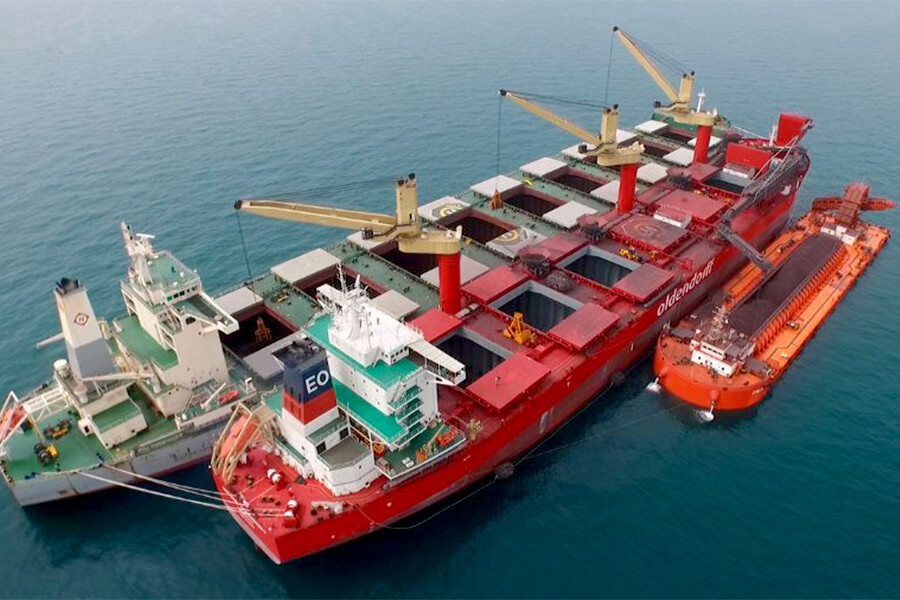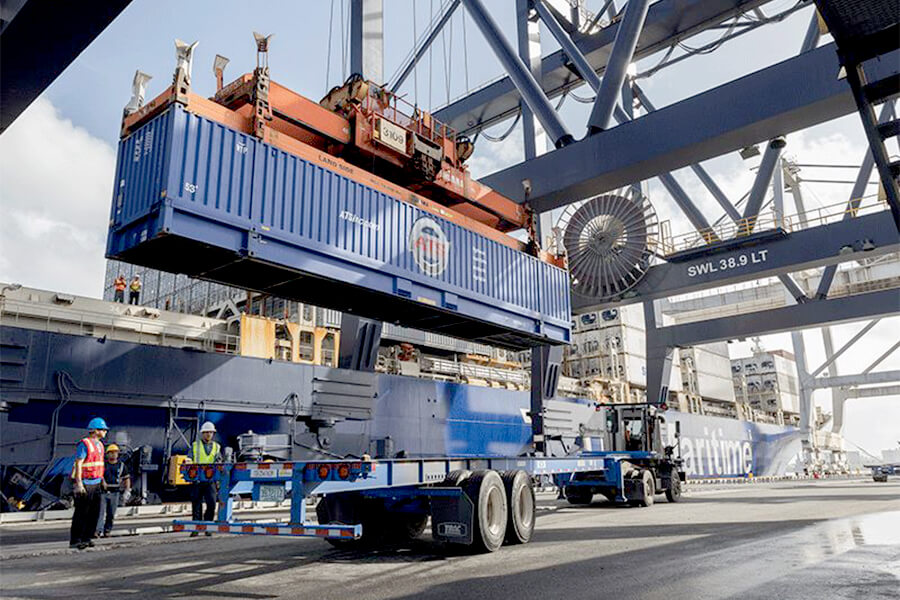Exporting goods is a key part of international trade that has a significant impact on economic growth and the development of global markets. The export process requires familiarity with various laws, regulations, and steps. For exporters, obtaining an export permit is the first and most fundamental step in this process, which involves several stages. In this article from Turkmen Sowda, the steps to obtain an export permit are reviewed in full detail so that exporters can become familiar with the legal requirements of this process.
1. Register a Commercial Company and Obtain an Economic Code
The first step in exporting goods is to register a commercial company. This company must be registered with the Companies Registration Organization and obtain an economic code. The economic code is mandatory for identifying the exporter and conducting financial transactions with government and customs organizations. Registering a commercial company is not only a legal requirement but also the foundation for all future business activities. At this stage, special attention should be paid to the type of company, its articles of association, and the definition of commercial activities.

2. Obtain a Commercial Card
A commercial card is a permit that allows companies or individuals to engage in the import and export of goods. This card is issued by the Chamber of Commerce, Industries, Mines, and Agriculture of Iran and is a fundamental requirement for any export activity. The commercial card enables the exporter to legally enter international markets and establish trade relations. Possessing this card helps increase the credibility of the exporter in domestic and foreign markets.

3. Obtain the Necessary Permits from Relevant Authorities
Depending on the type of goods, you may need to obtain specific permits from various organizations. For example, the Ministry of Industry, Mine, and Trade, the Ministry of Agriculture Jihad, or the Standards Organization may require special permits for exporting certain goods. Food and pharmaceutical products need health approvals, and industrial products must meet national and international standards. This step is crucial because without obtaining the necessary permits, customs clearance will not be possible.

4. Determine Customs Tariff and Prepare Export Documents
Customs tariff is a type of code used for classifying goods at customs and determines which tariffs, taxes, and permits apply to the goods. The exporter must prepare the necessary documents such as the invoice, certificate of origin, and packing list using the tariff code. Accurate determination of customs tariff is crucial because errors in tariff determination can lead to fines, delays in customs clearance, and increased export costs.

5. Conclude a Transport and Cargo Insurance Contract
After preparing the documents, a transportation contract must be signed with a reputable transport company. In addition, cargo insurance is mandatory to cover potential risks during transit. This insurance can include various coverages to protect the goods from damage and accidents. Choosing a suitable transport company and concluding a comprehensive insurance contract can prevent potential losses and risks. Export insurance policies may include coverage for damages resulting from sea, land, or air transportation.
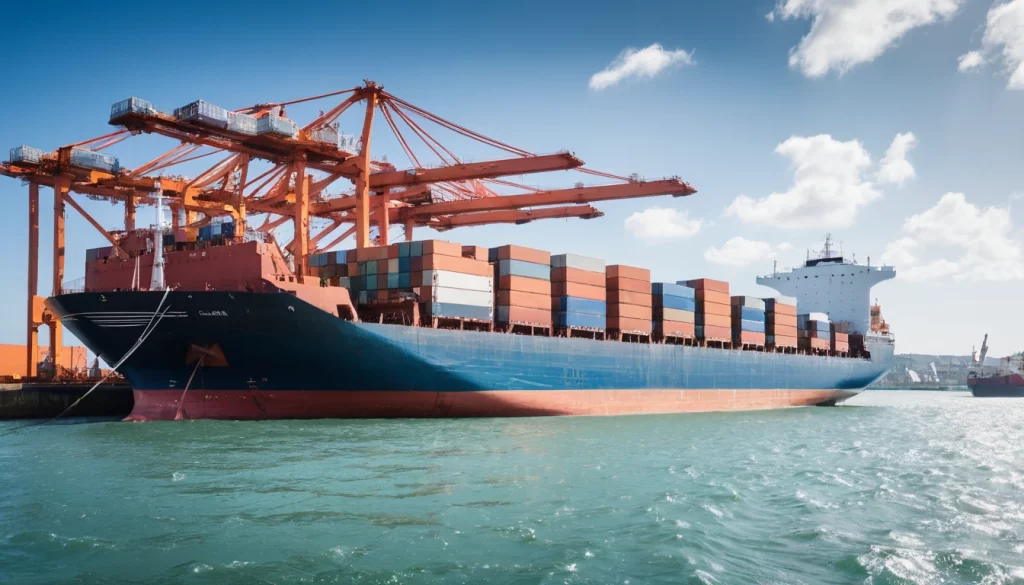
6. Declare Goods to Customs and Complete Customs Formalities
At this stage, the exporter must declare the goods to customs. Declaring goods means providing the documents and information related to the goods to customs. Customs officers review the documents and goods to ensure that laws and regulations are complied with. Declaring goods to customs is one of the most important steps in the export process, and accuracy in completing documents and providing correct information can help reduce potential problems and delays.
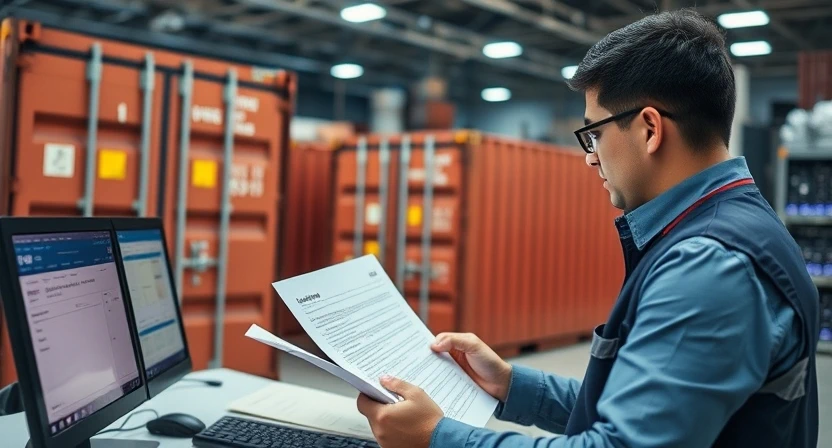
7. Pay Export Duties and Taxes
After reviewing the documents, the exporter must pay the duties and taxes related to the export. These duties include customs charges and other related legal costs. Timely payment of these duties is crucial, as delays in payment may lead to the retention of goods at customs and increased storage costs. The exporter must carefully calculate and pay these costs to avoid problems.
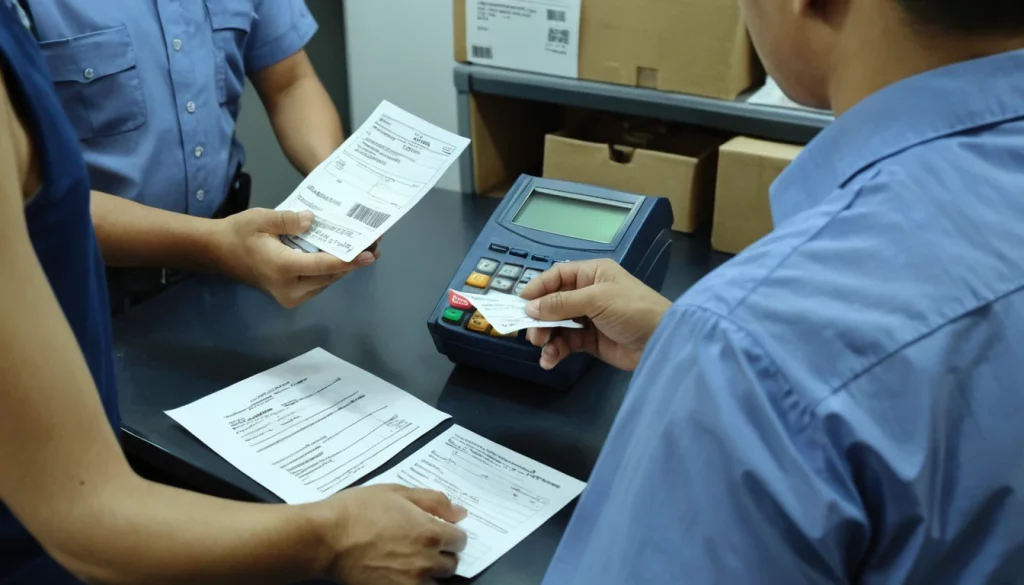
8. Issuance of Export License
After completing all the above steps, the export license is issued by customs. This license is the permit for the goods to leave the country, and without it, export is not possible. The export license must accompany the goods throughout all stages of international transportation. The issuance of the export license signifies the final approval of customs for the departure of the goods and the completion of all administrative and legal procedures.

9. Transport Goods to Final Destination
After the issuance of the export license, the goods are transported to the final destination. This stage includes coordination with the transport company, loading the goods, and sending them to the destination country. Supervising the transportation of goods and ensuring their timely delivery to the customer is one of the main responsibilities of the exporter. The exporter must ensure that all transportation conditions are properly executed and that the goods arrive safely at the destination.
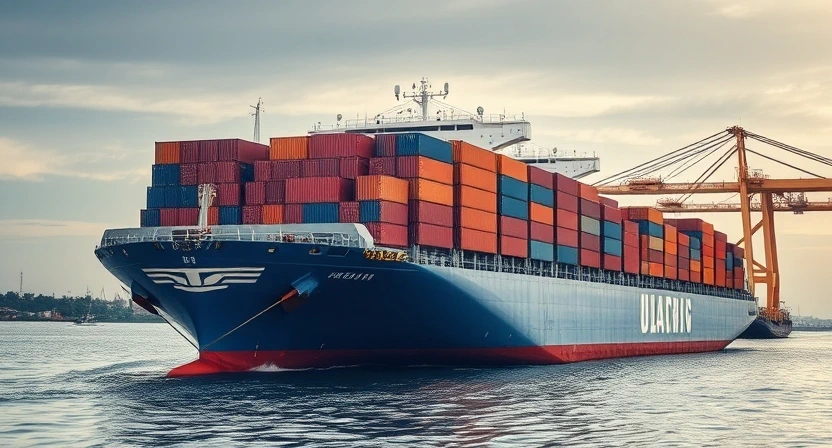
10. Complete Import Formalities in the Destination Country
Finally, after the goods arrive in the destination country, customs formalities in the destination country must also be completed. These formalities include submitting documents and paying customs duties in the destination country. The exporter must cooperate with the importer to ensure these steps are properly completed and the goods are delivered on time. Additionally, the exporter must ensure that all necessary permits and approvals are obtained in the destination country.
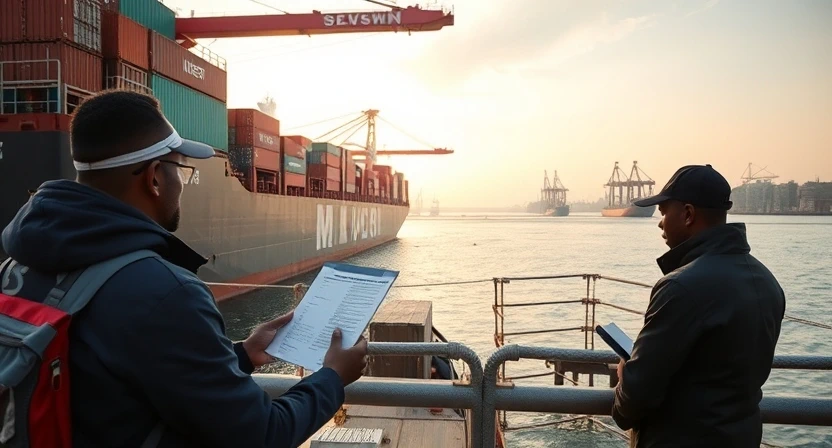
Conclusion
Obtaining an export license is a complex process that requires going through various stages. From registering a company and obtaining a commercial card to declaring goods to customs and issuing an export license, each stage requires precision and coordination. Familiarity with these stages and compliance with relevant laws and regulations can help exporters successfully complete the export process and bring their goods to international markets. Adhering to these steps not only reduces potential risks but also helps build trust in target markets and develop trade relations. Exporters should carefully plan and fully understand the laws and regulations of each country to improve export quality and increase their competitive ability in international markets.
